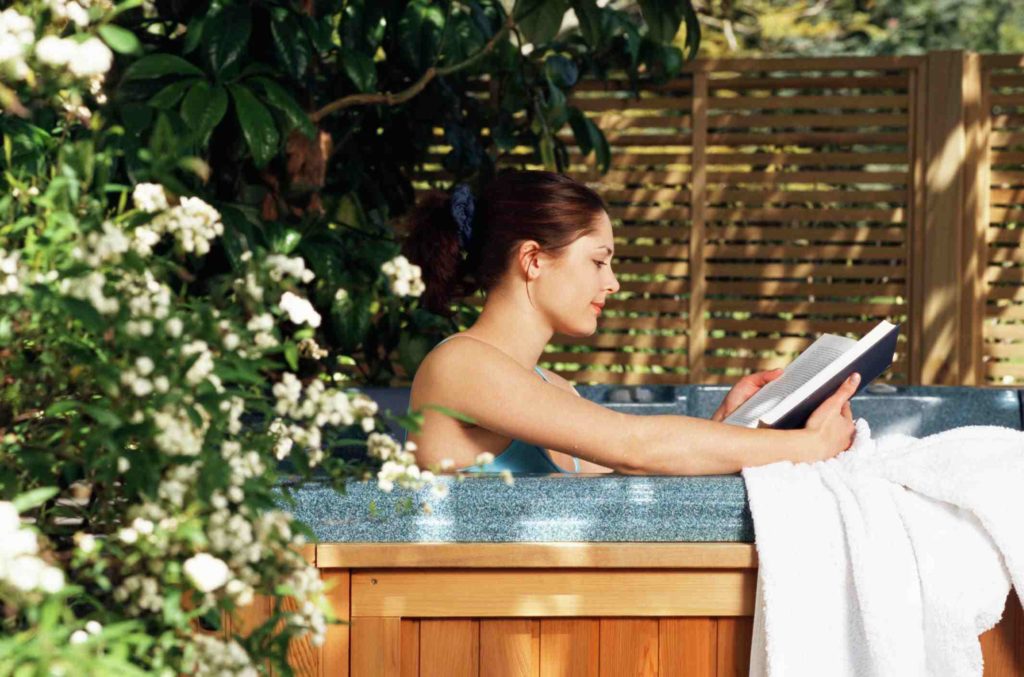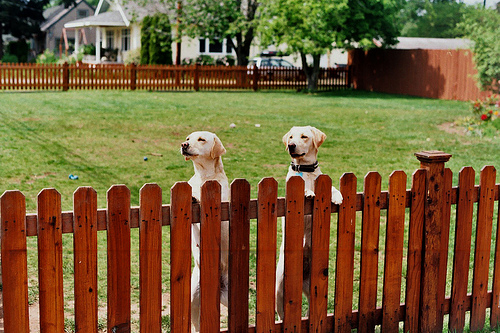
Absorbing your own hot tub carries delight and accompanies the true serenity in realizing how well you care for the water and tub. Get-aways, business travel, or visiting multi-day spa present an alluring chance to take a dunk in an open hot tub or spa. In any case, before you plunge, it’s great to be arranged and guaranteed that the office is all around thought about. All things considered, it’s your wellbeing and your security.
Inquire as to whether a National Swimming Pool Foundation® (NSPF®) prepared Certified Pool-Spa Operator® is in charge of keeping up the pool and spa. A declaration or wallet card ought to be promptly open. On the off chance that the administration can’t demonstrate a prepared administrator thinks about the spa, it might be insightful to attempt another office.
Sound water implies solid drenching.
- Clearwater. The water ought to be free of any shading or tint, and you ought to almost certainly observe the base obviously. A decent test for this is to drop a dime on the floor of the spa. You ought to almost certainly check whether it’s heads or tails. Or on the other hand, you ought to almost certainly read the ASME/ANSI accreditation articulation which is on the channel covers. In the event that the water is shady or hued, the water may not be sterile, the channel might be messy, or the water might not have been supplanted and the spa cleaned frequently enough.
- If there’s froth, don’t plunge. Froth can here and there mean there is the nearness of algaecides, which won’t hurt you. Be that as it may, regularly, frothy water shows the development of contaminants in the water in light of poor oxidation and ill-advised channel upkeep, the two of which can advance bacterial development in the water. Froth is a flag to remain out.
- Fresh smell. An appropriately kept up pool or spa should smell new and perfect, like new clothing, not moist or overwhelming. A chlorine smell implies that chlorine has responded with filthy water and that there may not be sufficient “free” chlorine in the spa to pulverize the contaminants. You need “free” chlorine to clean and keep the water sterile. Likewise, a smelly smell proposes the water may not be sterile, the channel might be messy, or the water might not have been supplanted and the spa cleaned frequently enough.
- Test the waters. You can help secure yourself by testing the water quality before you get in. Convey test takes accessible from any hot tub or pool retailer. Check for sufficient chlorine levels in the spa (3-5ppm) and pH (7.2-7.8) levels. You can likewise request that the office administrator see the chlorine test records they keep.
- Drain and clean. Make certain to ask how frequently the office cleans the channels and depletes and cleans the spa. The “general guideline” is to isolate the gallons by three and after that separated by the quantity of day by day clients. For instance, a 600-gallon spa with around 10 day by day clients ought to be depleted and cleaned about every 20 days (600 isolated by 3 breaks even with 200). Thusly, 200 gap by 10 squares with 20.
Safe offices advance safe drenching.
- Safety signs. Audit and pursue the posted wellbeing rules.
- Drain spreads. Check to make sure the spa/hot tub channel covers are set up, not split or missing. On the off chance that a channel spread is absent or broken, the spa should be shut. In a perfect world, the spa has double depleted and against capture channel covers. These spreads show an obvious confirmation (ASME/ANSI A112.19.8M).
- Time switch. Open spas are outfitted with a 15-minute clock switch that controls the hydrotherapy planes. The clock ought to be found so an individual needs to leave the spa to turn the planes on once more.
- Emergency switch. Find the crisis cut-off switch, which is close to the spa and turns off the flow framework if there should be an occurrence of a crisis.
- Rescue gear. Is it in the region? Where is the staff found? Where is the crisis telephone?
- Spa surface. In the event that you see copper or iron stains on the base, this can show ill-advised water balance eventually.
- Overall support. Is the region encompassing the spa very much kept up? Clean? Free of rust, garbage? Are the decks free of soil and trash, glass, and so forth? These are at times pointers of how the office is kept up for security.
*ASME – American Society Of Mechanical Engineers
- ANSI – American National Standards Institute
 Bring Your Best You Your No.1 Healthy Lifestyle Blog
Bring Your Best You Your No.1 Healthy Lifestyle Blog



